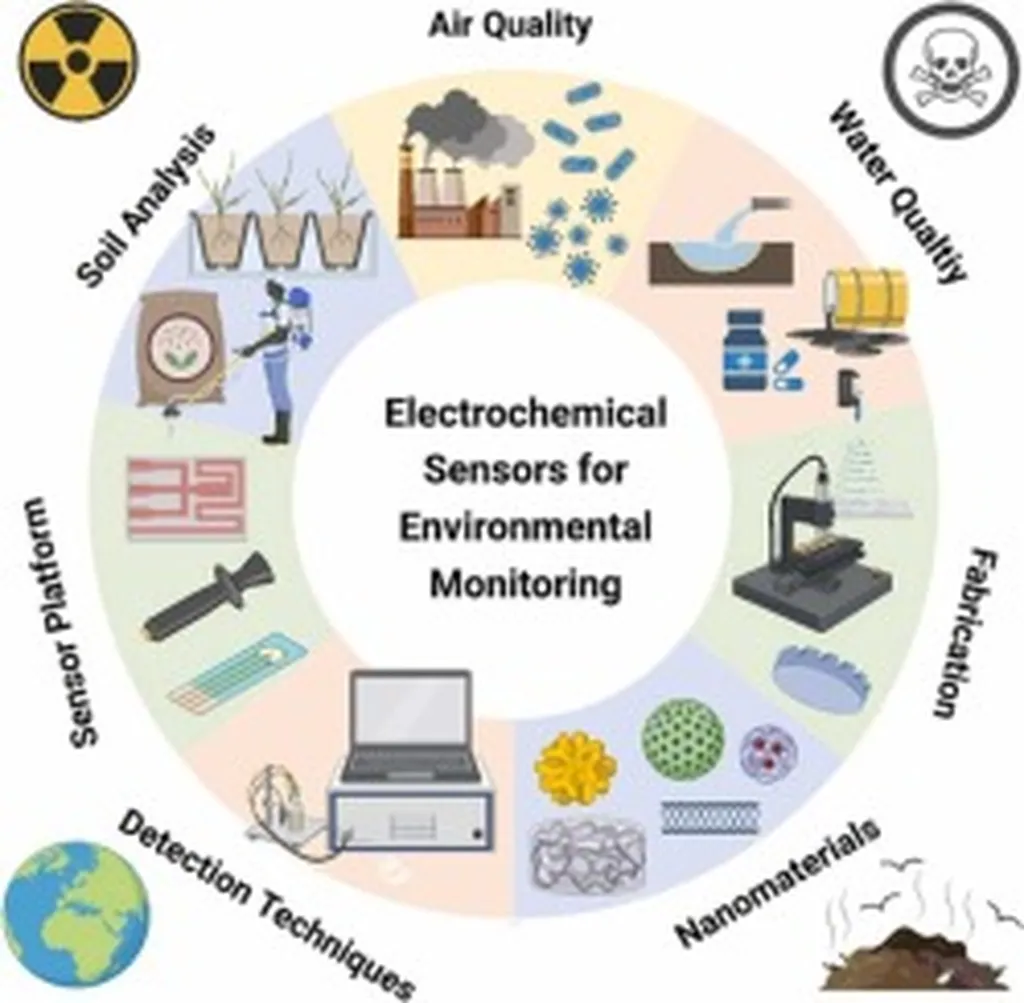In the ever-evolving landscape of energy and environmental monitoring, a silent revolution is brewing in the world of electrochemical sensors. These unassuming devices, which detect gases and vapors through electrochemical reactions, are becoming increasingly vital in various industries, including energy. A recent review article published in *ECS Sensors Plus* (which translates to *ECS Sensors Plus* in English) sheds light on the cutting-edge technologies and scientific principles that underpin these sensors, offering a glimpse into their potential to transform the energy sector.
Luke Saunders, a researcher from the School of Engineering at Newcastle University in the United Kingdom, led the review. He and his colleagues delved into the fundamental mechanisms that make electrochemical sensors tick, exploring the different technologies available and their most common applications. “Electrochemical sensors can be powerful tools for scientific investigation,” Saunders remarked, highlighting their versatility and precision.
The energy sector, in particular, stands to gain significantly from advancements in electrochemical sensor technology. These sensors are already widely used for detecting gases like hydrogen, carbon monoxide, and methane, which are critical for safety and efficiency in energy production and storage. As the world shifts towards cleaner energy solutions, the demand for reliable and accurate gas detection technologies is set to soar.
One of the key areas of interest is the development of sensors that can operate in harsh environments, such as those found in industrial settings or within energy storage systems. Saunders’ review underscores the need for further research into the durability and robustness of these sensors, ensuring they can withstand extreme conditions while maintaining their accuracy.
Moreover, the review highlights the potential for electrochemical sensors to play a pivotal role in the emerging hydrogen economy. Hydrogen, a clean and abundant energy source, is gaining traction as a viable alternative to fossil fuels. However, its safe and efficient use requires sophisticated detection and monitoring systems. Electrochemical sensors, with their ability to detect hydrogen leaks and monitor hydrogen concentration, could be instrumental in this transition.
The article also discusses various electrochemical analysis methods used by researchers to investigate these sensors, providing a comprehensive overview of the current state of the art. “There is still plenty of exciting research areas to investigate in the future,” Saunders noted, pointing to the vast potential for innovation in this field.
As the energy sector continues to evolve, the role of electrochemical sensors is set to become even more critical. From ensuring the safety of energy storage systems to monitoring emissions and optimizing energy production, these sensors are poised to make a significant impact. The review by Saunders and his team not only highlights the current capabilities of electrochemical sensors but also paves the way for future developments, offering a roadmap for researchers and industry professionals alike.
In the quest for cleaner, safer, and more efficient energy solutions, electrochemical sensors are emerging as indispensable tools. As Saunders’ review makes clear, the future of these sensors is bright, and their potential to shape the energy sector is immense. With continued research and innovation, electrochemical sensors could well become the unsung heroes of the energy transition.

